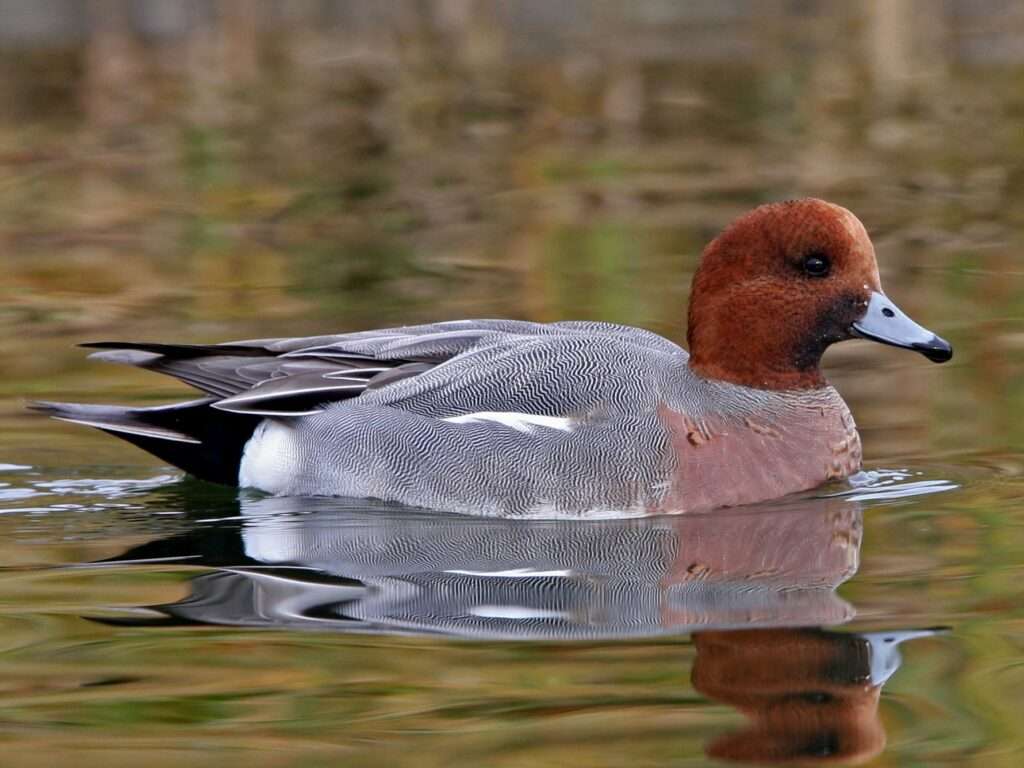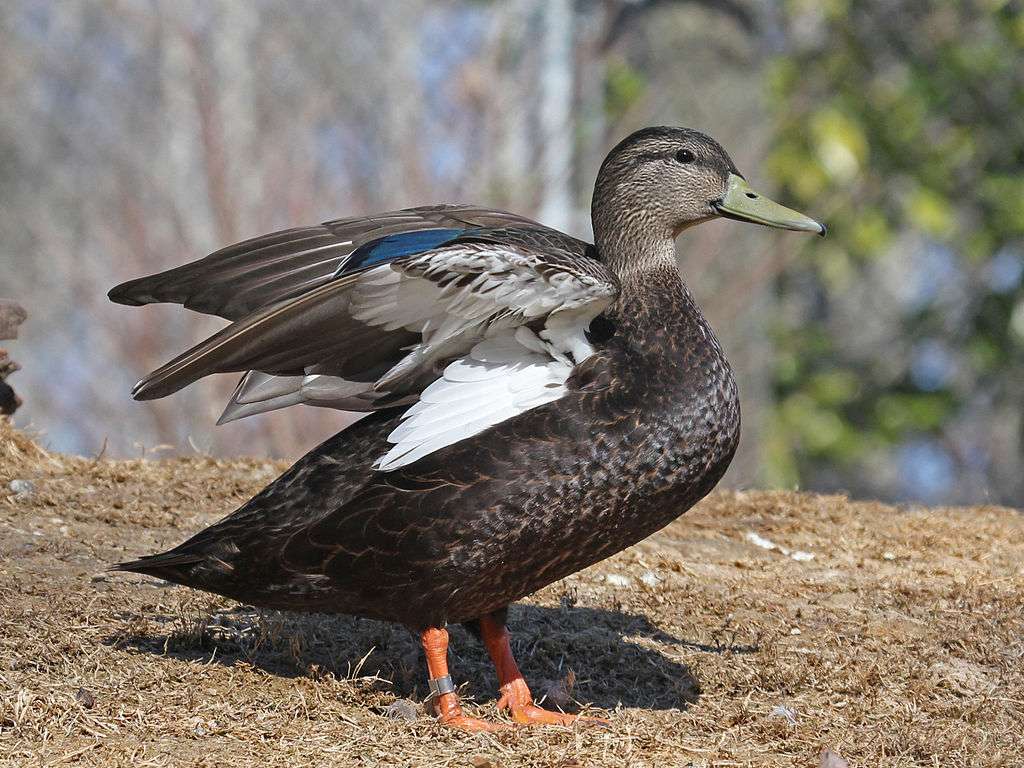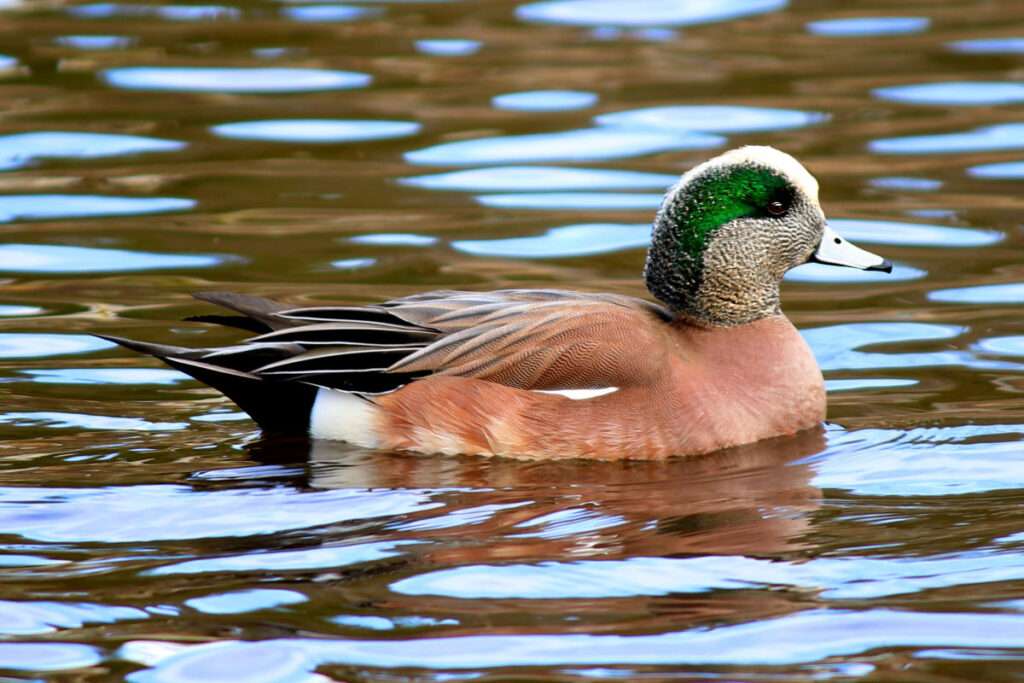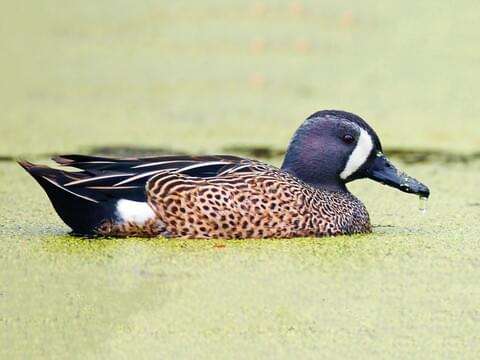
One of three wigeon species found in the dabbling duck genus Mareca is the Eurasian or European wigeon (Mareca penelope), sometimes referred to as the widgeon or the wigeon. In its Palearctic region, it is ubiquitous and common.
Fun Facts
Iceland is most likely the source of the Eurasian Wigeons that are observed every year in eastern North America, as shown by the recovery of banded Icelandic birds by hunters in northeastern Canada. They could originate from eastern Asia, especially easternmost Russia, and go to western North America. Penelope is the scientific name for the Eurasian Wigeon. In Greek mythology, Penelope, Odysseus’s wife, was tossed into the sea and later saved by a duck.
Description
American Wigeons are frequently observed with Eurasian Wigeons. The male can be distinguished from its American relative by the male’s vivid russet-red head, topped with a cream stripe, and its gray back and sides. Because the two species’ females are so similar, it is difficult to tell them apart in the field. Eurasian wigeon mature females, however, have two color phases: gray and red. In comparison to female American wigeons, females with reddish plumage have russet-brown heads, necks, chests, backs, sides, and flanks. Male Eurasian Wigeons have a russet-red neck with black spots and a cream stripe on top. The lower breast, belly, and sides of the back body below the flanks are all white, whereas the breast is grayish-pink. The flanks seem grayish and are finely vermiculated. A white shoulder patch and a green speculum are visible while flying. Gray-brown to russet-brown is the color of the female Eurasian wigeon’s head, neck, chest, back, sides, and flanks.

Predator
Common nest predators of Eurasian wigeons include red foxes, common ravens, American minks, and hooded crows. Likewise, gyrfalcons and western marsh harriers frequently hunt adult birds. Eurasian wigeons noisily quack in flocks and travel in the opposite direction of terrestrial predators to avoid them.
Diet
Pondweed, eelgrass, various aquatic plants, and grass found in shallow water as well as in fields and meadows are the main foods for Eurasian wigeons, which are aquatic grazers.
Habitat
Marshes, lakes, bays, and fields In the winter, birds in North America frequently nest on marshy ponds with neighboring open space or in inundated fields, as well as in shallow coastal estuaries and protected bays. The best indicator of a healthy habitat for Eurasian Wigeons is their presence in the area.
As Pet
These ducks would rather remain in the wild than live as pets in homes. Therefore, it is preferable to let them live in the wild on their own terms than keeping them in captivity.
Table





